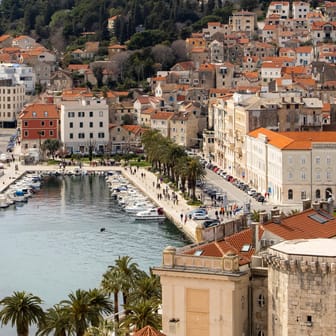The Cathedral of the Assumption of the Virgin Mary
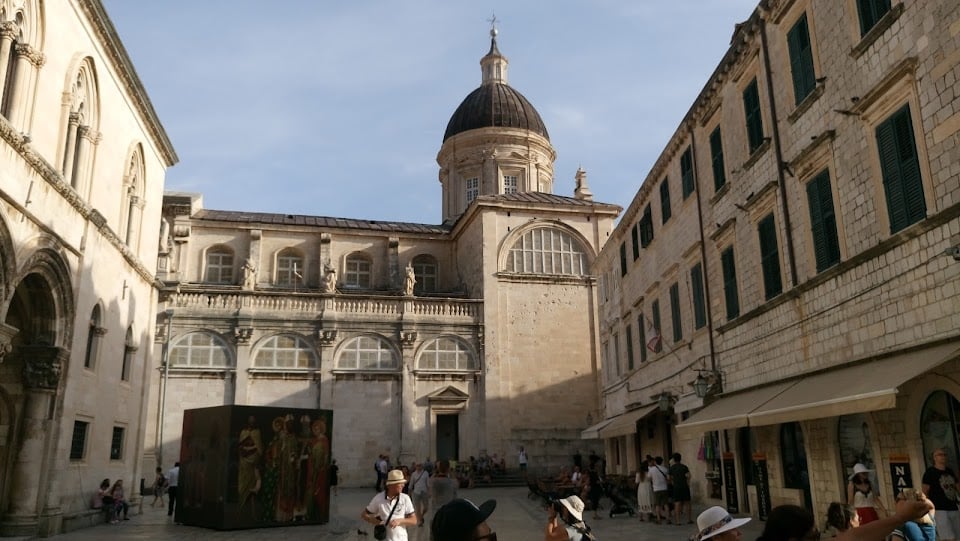

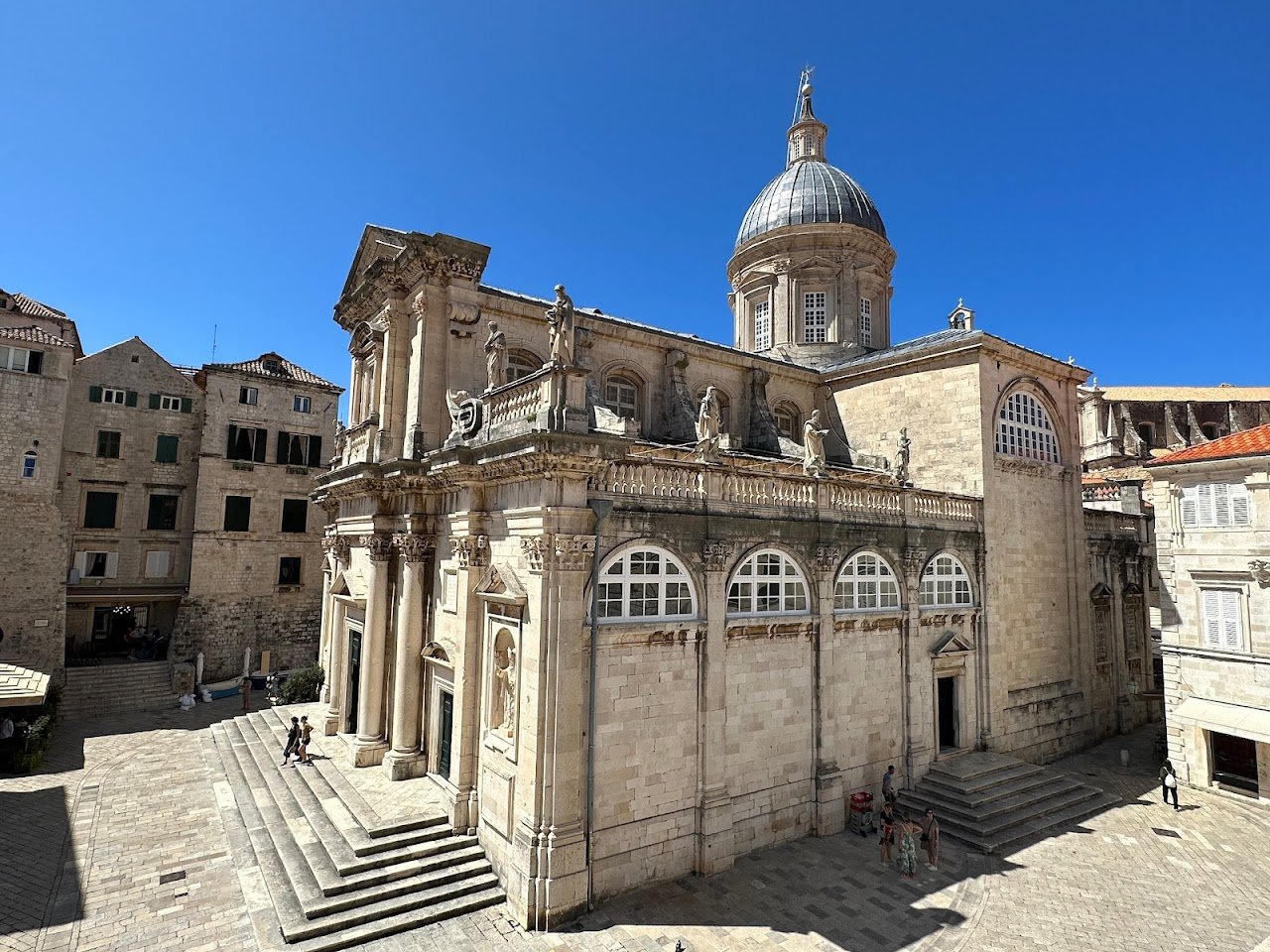
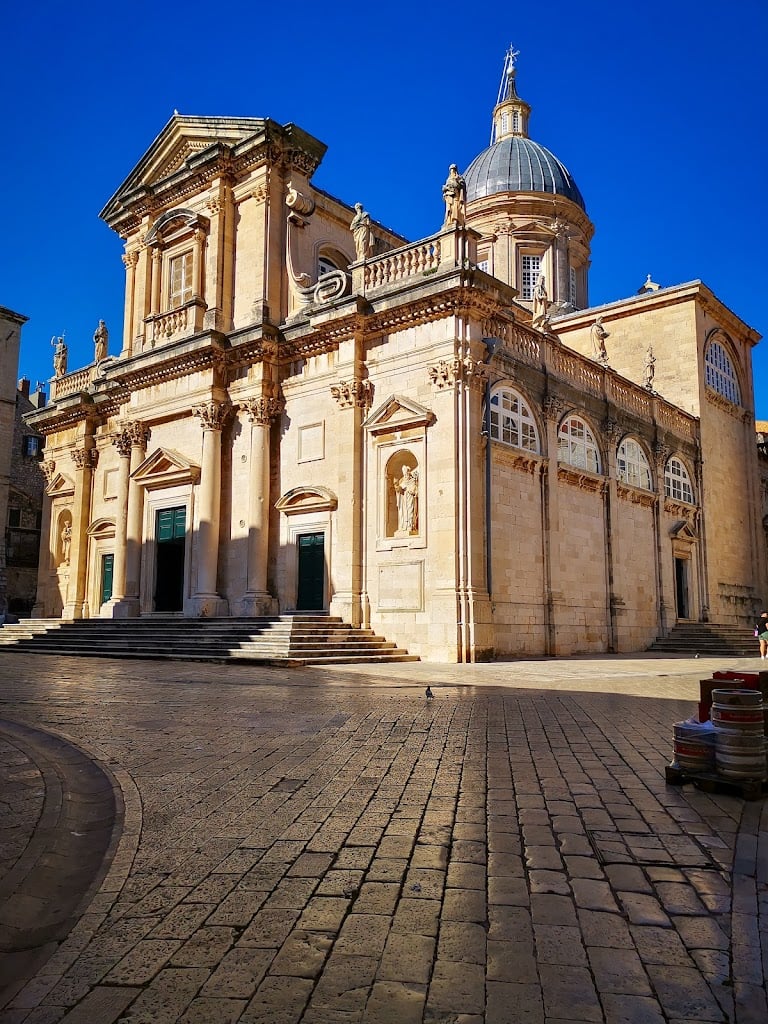
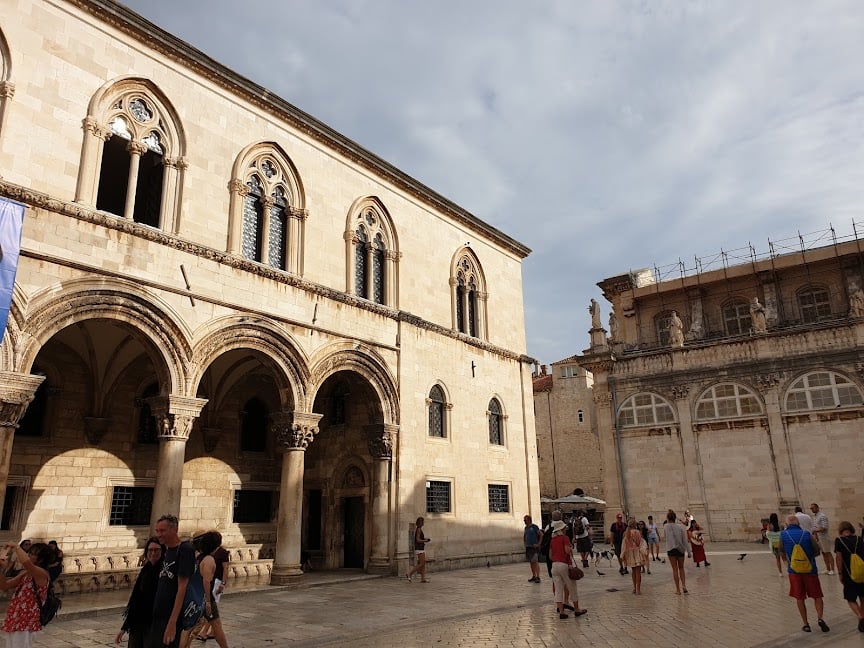
Ask ThatchGPT
Suggest a local expert to plan my trip
Suggest an unique itinerary for my Dubrovnik trip
What foods do Dubrovnik locals eat
What are some true hidden gems in Dubrovnik
Help me brainstorm trip ideas for Dubrovnik
Help me plan a family-friendly trip to Dubrovnik
What people say
Pedro Pereira
Available for hire
"According to legend, Richard the Lionheart was shipwrecked on Lokrum Island near Dubrovnik in 1192 while returning from the Crusades. Surviving a violent storm, he vowed to build a grand church to thank God for his life. Upon sharing his intentions with the Dubrovnik leaders, they persuaded him to construct the church within the city instead. This led to the erection of the original Romanesque Cathedral of Dubrovnik between the 12th and 14th centuries. Unfortunately, this cathedral was destroyed in the Great Earthquake of 1667, which had once adorned the city with a luxurious domed basilica filled with statues.
During renovations in 1981, archaeologists uncovered another earlier cathedral beneath the foundations of the Romanesque structure. This earlier church dates back to the 7th century, providing vital insights into Dubrovnik's origins and confirming that the city was a well-established urban center at that time. Previously, it had been unclear how such a young city could have developed rapidly; the findings revealed a thriving settlement long before Dubrovnik's official foundation.
Following the destruction of the Romanesque Cathedral, the city council prioritized rebuilding. Stjepan Gradić, a Dubrovnik patriot and custodian of the Vatican library, recommended architect Andrea Buffalini from Urbino for the new project. Buffalini designed the cathedral in the Roman-Baroque style, envisioning a domed three-nave church. The current Cathedral of the Annunciation of St. Mary was completed by 1713 and stands as a testament to this vision.
The cathedral houses a treasury containing 182 relics, gifts from various regents, and the relics of St. Blasius, Dubrovnik's patron saint. It also holds sacred dishes from the 13th to the 18th century and an impressive collection of valuable paintings. Despite being heavily damaged in the 1667 earthquake, the treasury contains remnants that highlight the artistic wealth that once belonged to the church.
Among the most treasured items are the reliquaries of St. Blasius's head and arm, with the head reliquary resembling a Byzantine imperial crown and adorned with enameled medals and precious stones, showcasing the exceptional craftsmanship of Dubrovnik's goldsmiths from the 11th and 12th centuries.
The cathedral's treasury is one of the richest along the Adriatic coast, and during the time of the Dubrovnik Republic, it was regarded as a property of the republic itself. Access to the treasury required three different keys, held by the archbishop, the cathedral rector, and the secretary of the republic, reflecting the cautious nature of the citizens.
Inside the cathedral, visitors can admire a polyptych in the main apse, titled "Annunciation of Mary," created by the renowned painter Titian Vecelli and his workshop. Originally commissioned by the Brotherhood of St. Lazarus, it was moved to the cathedral after the brotherhood's church was also devastated in the earthquake.
The cathedral features several notable altars, including:
The Altar of St. John, crafted from purple marble in the Nordic-Baroque style, donated by Nikola Josip Gljivović, the bishop of Srijem.
The Votive Altar of Our Lady of the Port, where sailors and their families prayed for safety at sea. Coral jewelry, a votive offering, adorns this altar, reflecting the local craftsmanship of the Elaphite Islands.
The Altar of "Petilovrijenci," dedicated to three Montenegrin martyr saints. Their bones were brought to Dubrovnik after the original church where they were kept was damaged in the earthquake. This altar's construction highlights the historical practice of attracting pilgrims to the city by housing relics, as more relics drew more visitors seeking blessings."
Read more in:
Sreeja Gadhiraju
"The Cathedral of the Assumption of the Virgin Mary, also known as Dubrovnik Cathedral, is a beautiful Baroque church located in the heart of Dubrovnik’s Old Town. Built in the 18th century after an earthquake destroyed the previous structure, this cathedral is known for its elegant architecture and impressive interior, featuring stunning altars and artwork. One of its highlights is the polyptych of the Assumption by the renowned artist Titian, displayed above the main altar. The cathedral also houses a treasury with precious relics, including relics of St. Blaise, the city’s patron saint, making it an important religious and historical site in Dubrovnik."
Sarina Kist
Available for hire
"This Baroque cathedral, built in the 18th century, houses stunning religious artworks and the city’s treasury, which contains valuable relics, including some said to be from St. Blaise, Dubrovnik’s patron saint."
Mentioned in these guides
About The Cathedral of the Assumption of the Virgin Mary
Get the inside scoop on The Cathedral of the Assumption of the Virgin Mary from local experts, travel creators, and tastemakers. Browse genuine trip notes, The Cathedral of the Assumption of the Virgin Mary reviews, photos, travel guides, and itineraries from real travelers and plan your trip with confidence.
Phone
Save this spot for later or start mapping out a new trip today
Try our AI Travel Assistant and get instant answers to any questions about your trip.
Ask ThatchGPT


